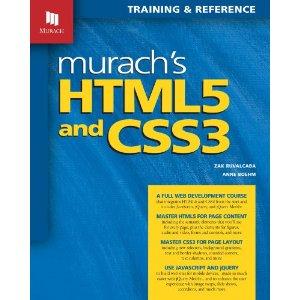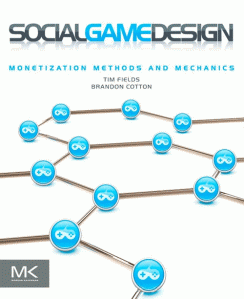Although the HTML5 specification is not fully settled, it's sufficiently stable that 34 of the 100 top websites have already adopted HTML5, and publishers have dug out all their old HTML books and set their authors on the update trail. Mind you if I were a publisher I'd be doing that as well; there's gold in them thar tags. (Sorry!) These committee driven specifications can take years to hammer out and weld the dot on every i. Meanwhile the real world just gets on with producing websites using books like this. I've not read any HTML books by this book's authors before but it looks and feels a solid piece of work. At 610 pages, it's a decent sized book and not one you'll get through in a single reading. It doesn't just include HTML5 and CSS3 either, but also JavaScript and JQuery.
Who Is the Book's Audience?
Anyone who wants to learn how to create websites. For someone like me who learnt back when
CSS didn't exist and
HTML 4.0 was just coming in (15 years ago), it's a good refresher. HTML5 adds a whole lot of new keywords. It's an interesting book because it's not teaching HTML in the traditional way (this is the <strong> tag, this is <h1>, etc.), but side by side with CSS3. And it's not just about those two topics, important though they are.
The book takes a very holistic approach to Web development; explaining about development tools, the different browsers and how much HTML5 support they have,
FTP file transfer, even registering domains and getting hosting. Accessibility and
SEO are also baked in from the start, but the more esoteric features of HTML5 (e.g. Local Storage) do get a mention but not a great deal of coverage.
The Book's Structure
The 18 chapters are split into three major and one minor section. The three big sections start with a crash course in HTML5 and CSS3 in six chapters, which delves in depth explaining Web page structure, formatting the elements of a Web page and using CSS for spacing, borders, backgrounds and page layout. The middle section is six chapters on working with links and lists, images, tables, forms, audio and video and formatting for printing. Most pages have an illustration or source listing, and it's well laid out. Much of this material is up to date or what I would have classified as advanced (e.g. two column liquid layout) and shows how to use CSS3 extensively for rounded corners, text shadows, and creating text columns. Likewise HTML coverage is not like your father's HTML but includes the new HTML5 keywords (think header, footer, nav, section, etc.) with examples of use. There are many examples of CSS3 use as well. You did want to learn CSS3 structural pseudo-classes for formatting tables didn't you? The last third of the book is about using JavaScript, JQuery, JQuery Mobile, and advanced stuff such as embedded fonts, Geolocation, canvas, web storage and drag and drop. JQuery is something most web developers should gain familiarity with. This time next year, there should be a billion HTML5 compatible smart phones so JQuery Mobile could be very useful to know... Finally, the last couple of chapters in the minor section covers designing the Web site, including usability and structure, and deploying a web site to a live server.
Conclusion
This is one of the books that you wished you'd had around when you were starting out. It's not just a training book, but also something of a cookbook and reference guide. And the new HTML5/CSS3 material is excellent. I can see it not spending much time on my bookshelf! Highly recommended...


